Optimal Timing for Driveway Culverts
Driveway culverts are essential components for managing water flow and preventing erosion around properties. The optimal timing for installing or replacing driveway culverts depends on various environmental and seasonal factors. Proper timing ensures the longevity of the culvert and minimizes disruption to property access.
Spring offers favorable weather conditions and moderate soil moisture, making it ideal for installation before heavy rains.
Summer provides longer daylight hours, but high temperatures and dry soil can complicate installation in some regions.
Fall is suitable for installation before winter freezes, allowing the culvert to settle before winter storms.
Winter is generally not recommended due to frozen ground and potential access issues, unless conditions are mild and equipment is available.

Ways to make Driveway Culverts work in tight or awkward layouts.
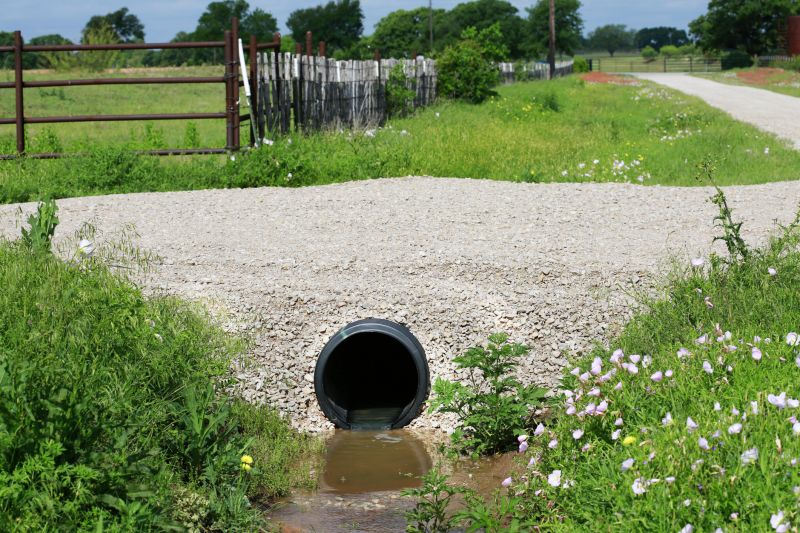
Popular materials for Driveway Culverts and why they hold up over time.
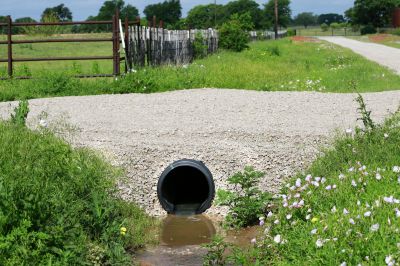
Simple add-ons that improve Driveway Culverts without blowing the budget.

High-end options that actually feel worth it for Driveway Culverts.
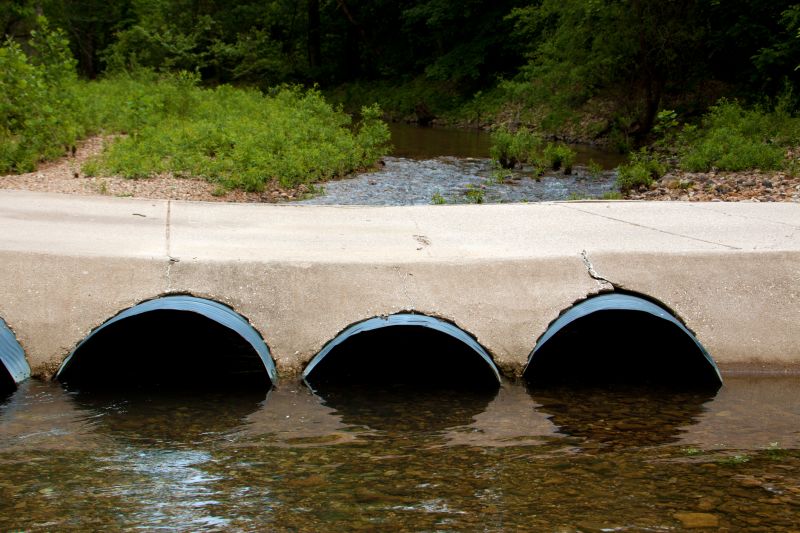
Finishes and colors that play nicely with Driveway Culverts.
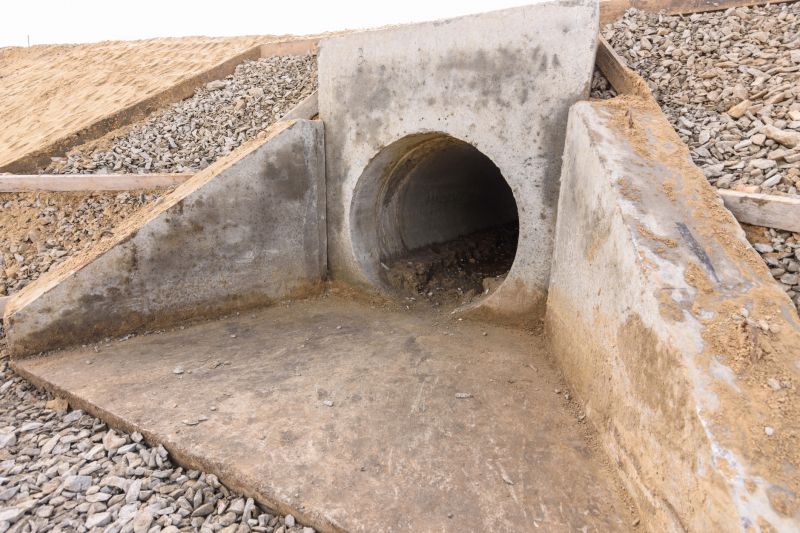
Little measurements that prevent headaches on Driveway Culverts day.
Driveway culverts are vital for ensuring proper drainage and preventing water accumulation that can lead to erosion or driveway damage. They are typically made from durable materials like corrugated metal, plastic, or concrete, and are installed beneath the driveway to channel water away from the property. Proper installation and timing contribute significantly to the effectiveness and lifespan of a culvert.
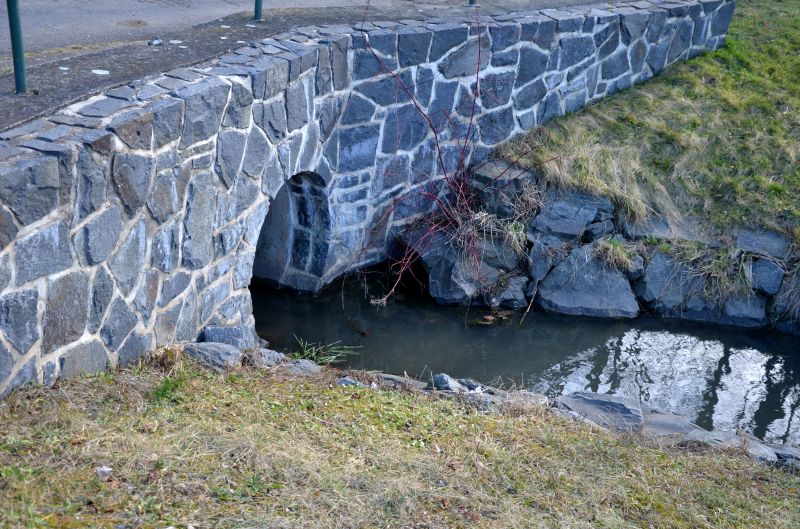
A 60-second routine that keeps Driveway Culverts looking new.
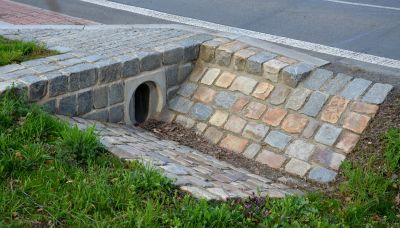
A frequent mistake in Driveway Culverts and how to dodge it.

Small tweaks to make Driveway Culverts safer and easier to use.
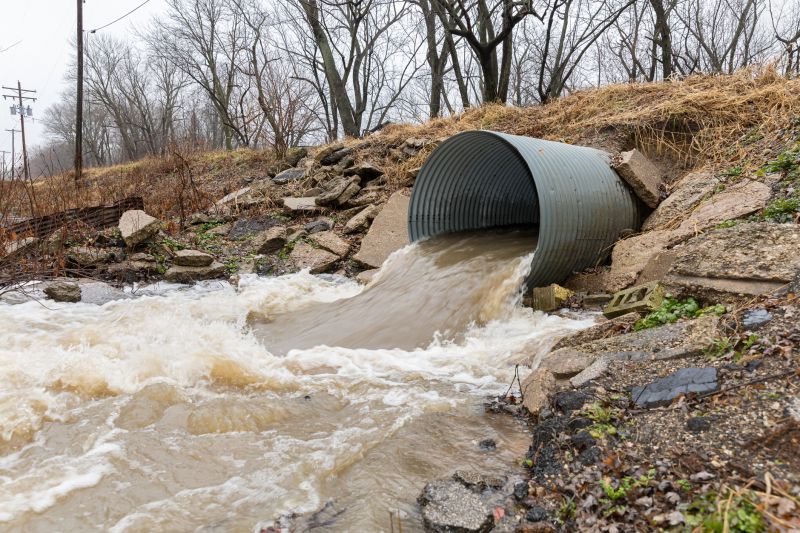
Lower-waste or water-saving choices for Driveway Culverts.
| Season | Best Conditions for Installation |
|---|---|
| Spring | Moderate soil moisture, before heavy rains |
| Summer | Longer daylight, but avoid extreme heat |
| Fall | Before winter freezes, ideal for settling |
| Winter | Generally not recommended unless conditions are mild |
| Post-Storm | Prompt repairs after heavy storms |
Choosing the right time to install driveway culverts can prevent future drainage issues and extend the lifespan of the system. Proper planning based on seasonal conditions ensures effective water management and minimizes the risk of driveway damage caused by water accumulation or erosion.
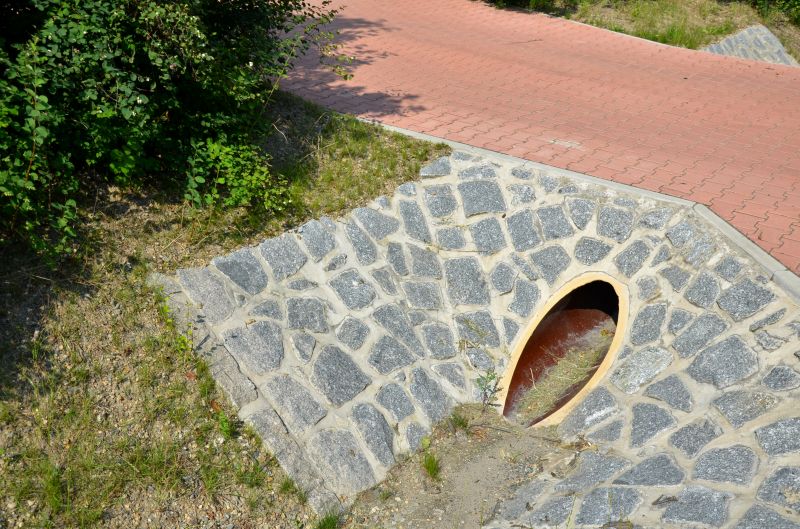
The short, realistic tool list for quality Driveway Culverts.
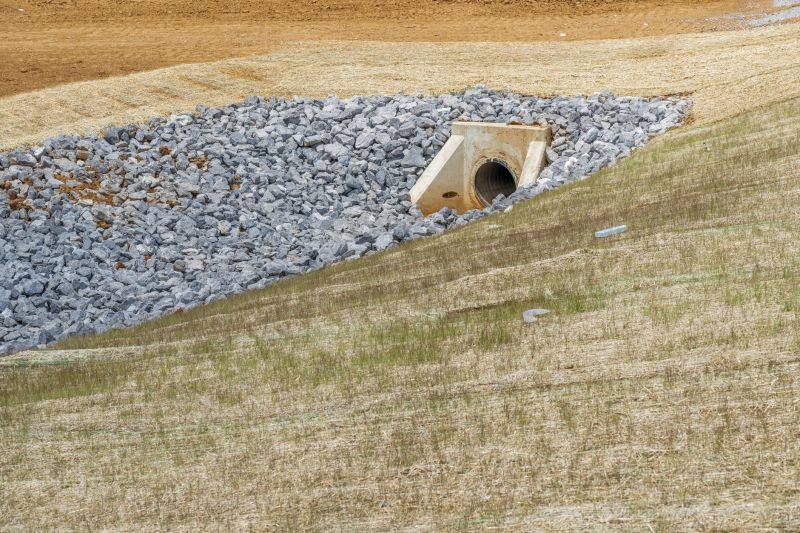
Rough timing from prep to clean-up for Driveway Culverts.

Quick checks and paperwork to keep after Driveway Culverts.
Interested in installing driveway culverts? Filling out the contact form can provide more information on suitable options and timing for specific property conditions. Properly timed installation ensures effective drainage and long-term performance.
